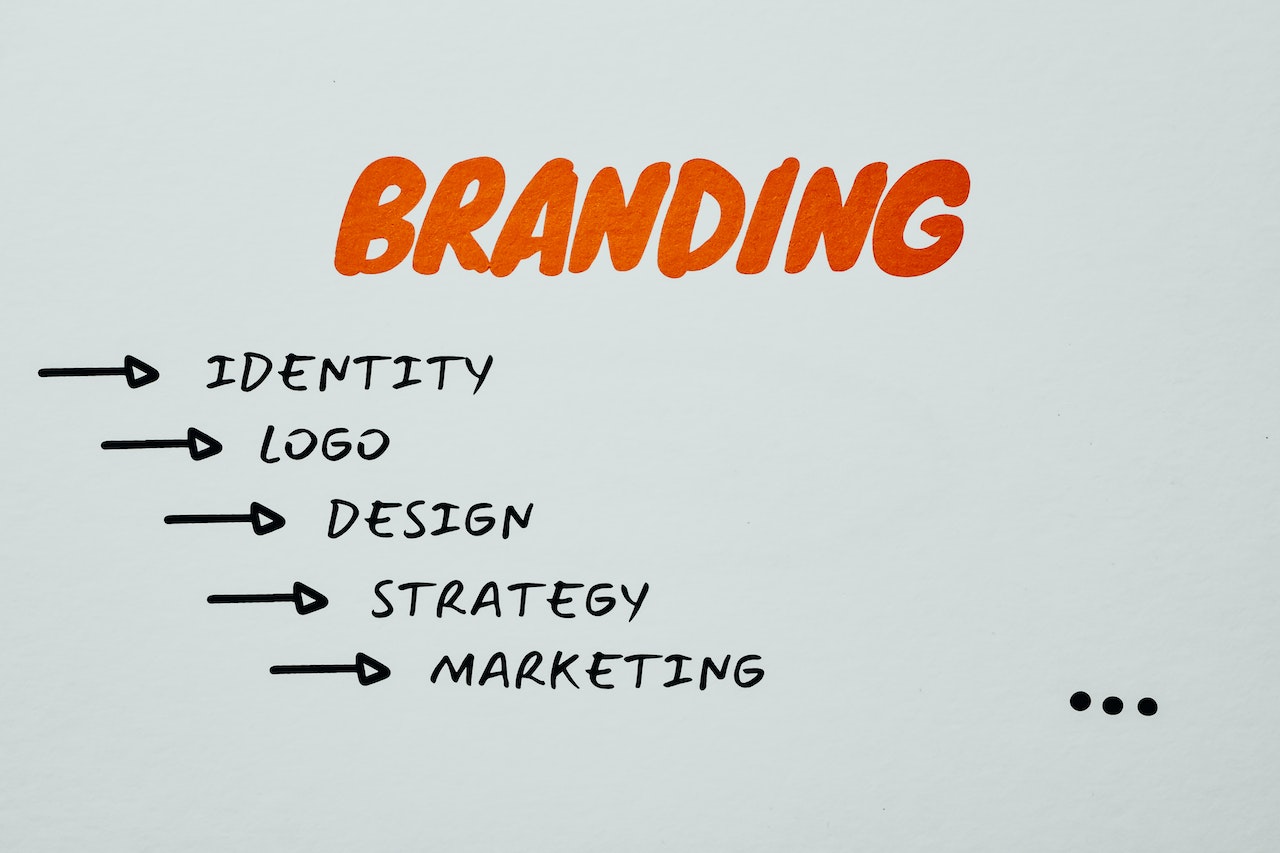How to Become a Logo Designer
Becoming a logo designer can be an exciting and rewarding career path for those with a passion for visual communication. If you’ve ever wondered how to become a logo designer, I’ll share some key steps to help you get started on this creative journey.
Firstly, it’s important to develop your design skills. Take the time to learn about color theory, typography, composition, and other fundamental design principles. Building a strong foundation in these areas will provide you with the tools needed to create impactful logos.
Next, immerse yourself in the world of logos. Study successful designs across different industries and analyze what makes them effective. Pay attention to the use of symbolism, simplicity, and versatility in these logos. This research will not only inspire you but also help you understand how to craft memorable brand identities.
Understanding the Principles of Effective Logo Design
When it comes to becoming a logo designer, understanding the principles of effective logo design is essential. These principles serve as the foundation for creating visually compelling and memorable logos that effectively convey a brand’s identity. Let’s delve into some key principles that every aspiring logo designer should keep in mind:
- Simplicity: One of the golden rules in logo design is to keep it simple. A cluttered or overly complex logo can confuse viewers and dilute its impact. Aim for clean lines, minimalistic elements, and a balanced composition that allows the logo to be easily recognizable and versatile across different mediums.
- Memorability: An effective logo should be memorable – something that sticks in people’s minds long after they’ve seen it. Think about iconic logos like Nike’s swoosh or Apple’s bitten apple; these logos are instantly recognizable and leave a lasting impression on consumers.
- Versatility: A great logo should be adaptable to various applications and sizes without losing its effectiveness or clarity. It should look equally impressive whether it’s displayed on a website, printed on merchandise, or scaled down for social media profiles.
- Relevance: Understanding the brand you’re designing for is crucial when creating a logo that resonates with their target audience. Consider factors such as their industry, values, target market, and competition to ensure your design aligns with their unique identity.
- Timelessness: While trends come and go, a timeless logo has longevity and remains relevant even as styles evolve over time. Avoid using trendy fonts or graphics that may quickly become outdated; instead, opt for classic elements that have stood the test of time.
By applying these principles when crafting your designs, you’ll be well on your way to becoming an accomplished logo designer who knows how to create impactful visuals that capture attention and communicate brand messages effectively.

Networking and Marketing Yourself as a Logo Designer
Aspiring to become a logo designer? Networking and marketing yourself are crucial steps in establishing your presence in the industry. In this section, we’ll explore various opportunities for networking, building your personal brand, and utilizing social media to promote your skills as a logo designer.
Networking Opportunities for Logo Designers
Networking plays a pivotal role in any profession, including logo design. By connecting with fellow professionals, clients, and industry experts, you can expand your knowledge base and open doors to potential collaborations or job opportunities. Here are some effective ways to network as a logo designer:
- Attend design conferences and workshops: These events provide an excellent platform for meeting like-minded individuals, sharing ideas, and gaining insights into the latest trends in logo design.
- Join professional organizations: Being part of associations such as AIGA (American Institute of Graphic Arts) or Dribbble’s design community allows you to connect with other designers, participate in forums, and showcase your work.
- Collaborate on projects: Partnering with other creatives or agencies not only enhances your portfolio but also exposes you to their network of clients and contacts.
Building Your Personal Brand as a Logo Designer
In a competitive field like logo design, establishing a strong personal brand is essential. It helps set you apart from the crowd and positions you as an expert in the eyes of potential clients. Consider these strategies when building your personal brand:
- Define your unique style: Develop a signature style that reflects your creativity and sets you apart from others. Whether it’s clean minimalism or bold illustrative designs, consistency will help clients recognize your work.
- Create an impressive portfolio: Showcase your best logo designs through an online portfolio website or platforms like Behance or Dribbble. Include case studies that highlight the problem-solving approach behind each project.
- Seek testimonials from satisfied clients: Positive feedback from previous clients adds credibility to your work. Request testimonials or reviews that highlight your professionalism, creativity, and ability to deliver results.
Remember that networking and marketing yourself as a logo designer is an ongoing process. Consistently nurturing relationships, refining your skills, and staying up-to-date with industry trends will help you establish yourself as a sought-after professional in the field of logo design.

